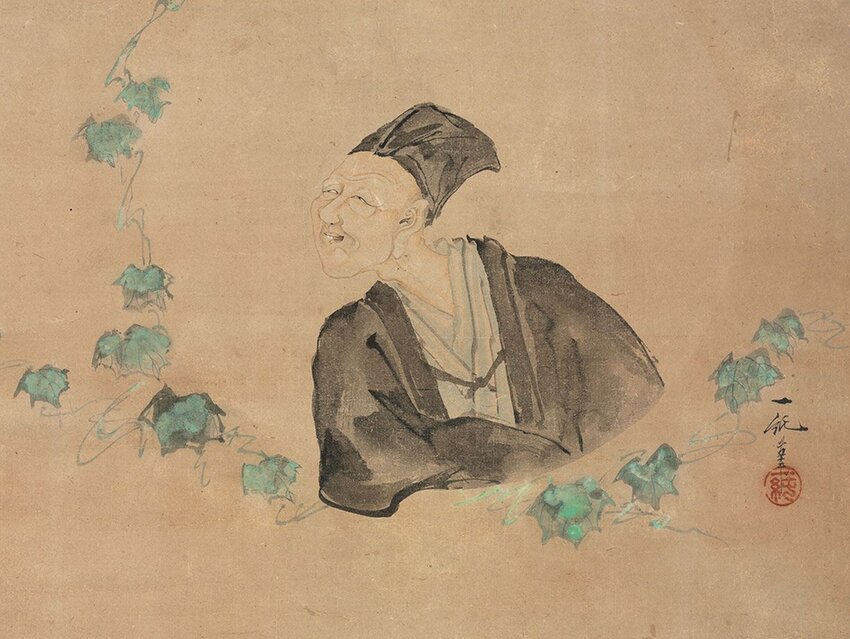Structure lovers, listen up — the haiku is for you. Originating in Japan in the 17th century, this poetry form typically features 17 syllables arranged in lines of five, seven, and five syllables, capable of reeling the reader in and leaving them hanging just as quickly. Though there have been an abundance of syllabically succinct lines penned over the centuries, there are a handful of haiku masters whose talents at poetic brevity have endured.
1. “The Old Pond” by Matsuo Bashō
The 17th-century poet Bashō is considered a haiku legend — today, several of his works are featured on landmarks and historic sites throughout Japan. Published in 1686, “The Old Pond” is one of his — and Japan’s — most famous poems for its ability to address nature and the transition of seasons in a way that is equal parts colorful and concise.
An old silent pond
A frog jumps into the pond—
Splash! Silence again.
2. “Haiku” by Etheridge Knight
This poem from African American poet Etheridge Knight is a testament to the longstanding traditional haiku form established by Japanese artists, while also containing contemporary twists. Originally published in 1968 in Knight’s debut volume, Poems From Prison, the work consists of nine different 5-7-5 haikus assembled side-by-side to create a larger conversation — perhaps one surrounding confinement, freedom, and the labors of craft.
Making jazz swing in
Seventeen syllables AIN’T
No square poet’s job.
3. “A Poppy Blooms” by Katsushika Hokusai
The artist Hokusai (perhaps most well known for his print “The Great Wave”) derived inspiration from Bashō for much of his poetic work between 1665 and 1718. In this one, he draws parallels between the birth of a poem and a poppy, identifying the passage of time in human efforts versus that of the natural world. It is perhaps a nod to the things that require our energy as compared to those that thrive just fine without our help.
I write, erase, rewrite
Erase again, and then
A poppy blooms.
4. “A Jumble” by Masaoka Shiki
Shiki was credited with writing almost 20,000 stanzas in his 35-year life, and is looked to as a prominent figure in forging the pathway for the haiku form around the late 19th century. He especially concentrated on the idea of shasei — the art of capturing from life. “Jumble” is a prime example of such a pursuit, depicting a collection of flora and the joy that such a scene can so often elicit.
a jumble of
flowers planted-
see, the little garden!
5. “Hokku Poems in Four Seasons” by Yosa Buson
Buson was a poet and painter of Japan’s Edo period (1600-1868). He admired the work of Bashō, and like him, he traveled thoroughly, showcasing the scenes of the changing world around him. In this work, he portrays his fondness for all four seasons, including a lovely vignette of summer.
A summer river being crossed
how pleasing
with sandals in my hands!
Bonus: “The Taste of Rain” by Jack Kerouac
More famous for his novels Big Sur and On the Road, Kerouac penned this poem after learning more about the haiku form through beat writer Gary Snyder. However, Kerouac wasn’t as interested in the idea of adhering to a 17-syllable structure as he was in creating an experience for the reader upon encountering these “pops,” as he coined them. As evidenced below, this particular poem follows a 2-2-2 structure.
The taste
Of rain
—Why kneel?
Featured image credit: Heritage Images/ Contributor/ Getty Images

